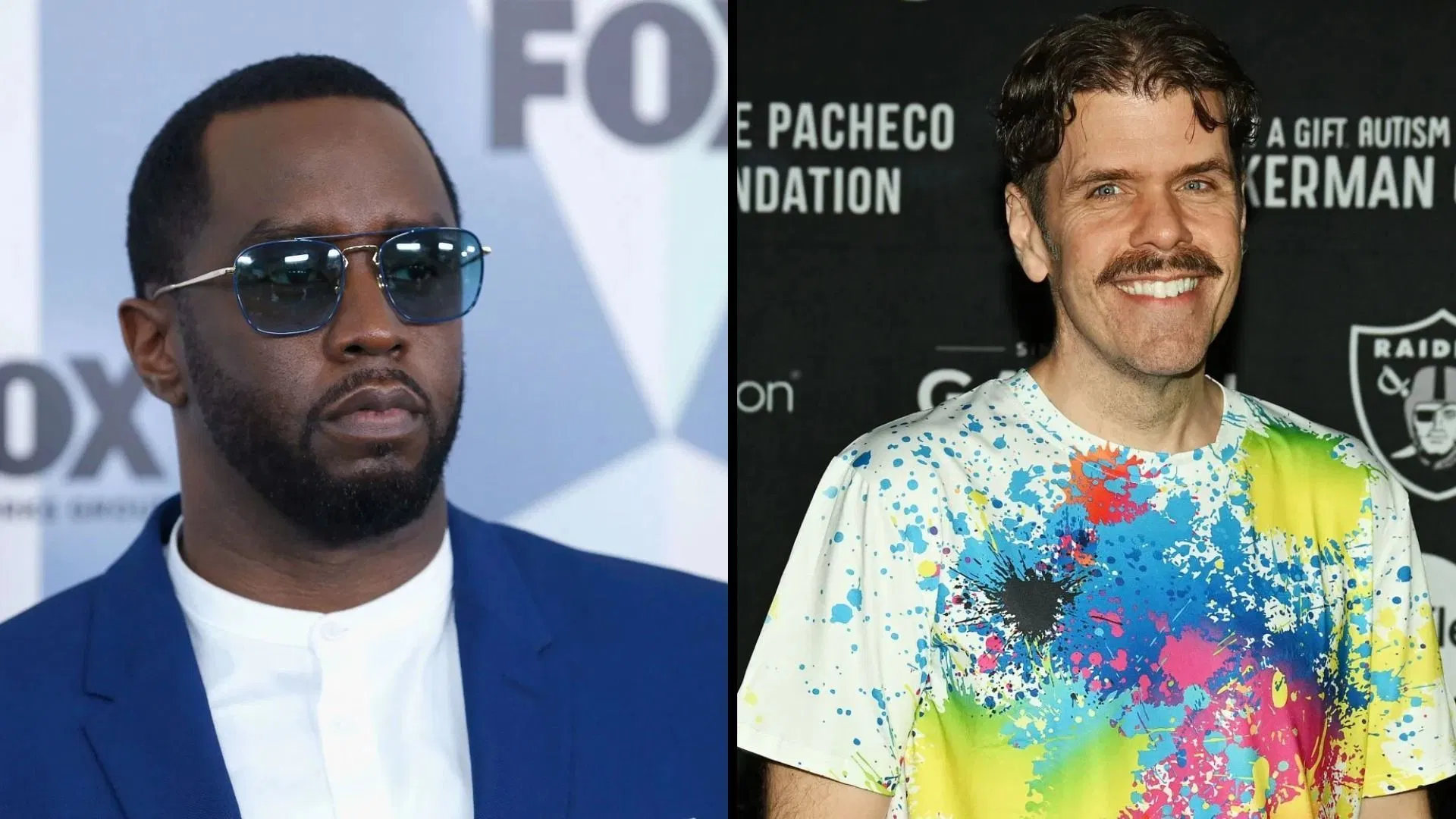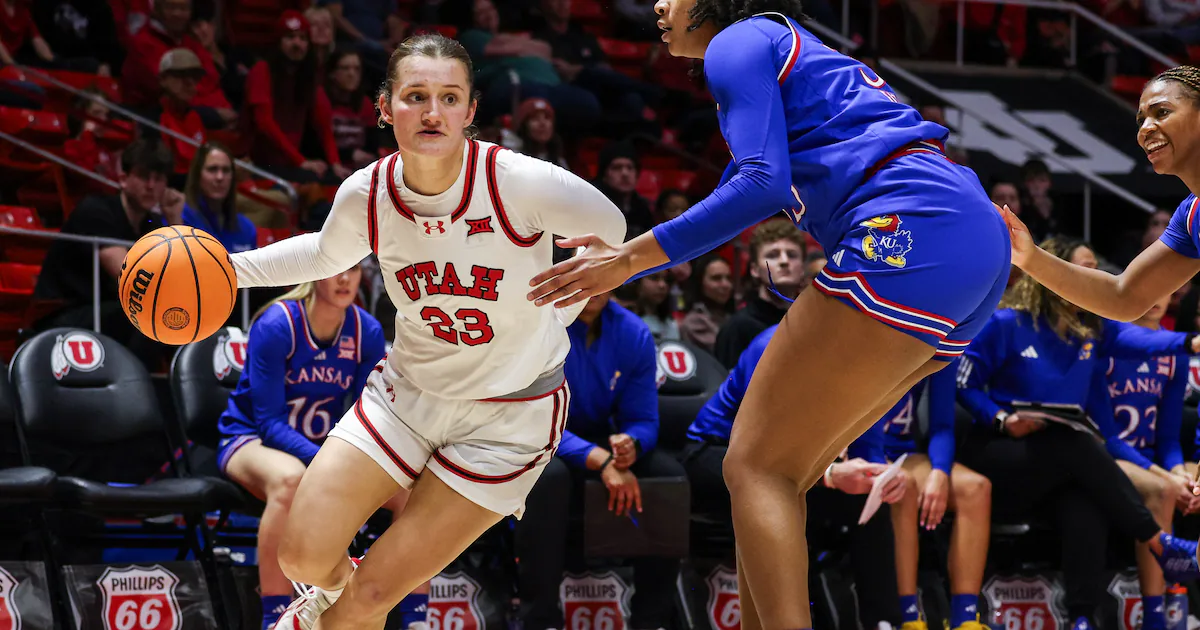Copyright Forbes

Modern marketing leaders face a constant tension between bold creativity and measurable performance. Too much focus on data can stifle originality, while unchecked creative risk might miss the mark with audiences. Finding the right balance between the two is key to driving both brand growth and bottom-line results. Below, 20 Forbes Communications Council members share their insights on how to blend intuition with analytics. Follow their recommendations to build campaigns that inspire, perform and endure. 1. Test Bold Ideas With Measurable Intent Creative risk-taking should end where intuition becomes ego, and data-driven optimization should begin where curiosity turns into learning. The balance lies in testing bold ideas with measurable intent, where art inspires action and data ensures direction. - Anand Sankara Narayanan, Finance House Group 2. Run 70/20/10 Mix Of Proven, Evolved And Bold Bets Risk-taking starts with clear guardrails and a hypothesis. Data takes over once there’s a signal. Run a 70/20/10 mix: 70% proven, 20% evolved and 10% bold bets. Use stage-gate KPIs and time-boxed tests so creative can swing big, then scale what works. That balance builds the brand and hits the numbers. - Heather Stickler, Tidal Basin Group Forbes Communications Council is an invitation-only community for executives in successful public relations, media strategy, creative and advertising agencies. Do I qualify? 3. Define Clear Goals, Then Analyze And Adjust As Needed Creative risk-taking and data-driven optimization are most powerful when they work in sync. Start by defining clear goals for each approach, then check in to analyze progress and adjust as needed. Encourage your team to explore new ideas and trends, but ensure content remains authentic, on-brand and well-vetted. By continuously monitoring analytics, you can refine strategies and pivot quickly. - Victoria Zelefsky, Anne Arundel Economic Development Corporation 4. Use Creativity To Pursue Tangible Goals Creative risk-taking and data-driven optimization should go hand-in-hand. The most effective marketing leaders are part artists and part scientists who use creativity to pursue tangible goals, whether it's to elevate the brand or propel growth. My advice to leaders is to set a clear goal, take a creative risk to achieve it, then use data to evaluate if it worked or needs optimization. - Rekha Thomas, Path Forward Marketing 5. Let Data Guide, Refine And Scale Unmeasured Bold Ideas The best results often come when data inspires but creativity leads. Data can be used to guide, refine and scale what works, but it should never limit bold ideas that haven't had a chance to be measured yet. Set aside a budget to test fresh and risky creative concepts that aim to build your brand while investing in previously optimized initiatives that ensure overall goals are still met. - Lisa Maynard, Awin 6. Build Trust With Creativity And Optimize For Action Creative risk and data aren’t at odds. You can measure bold ideas as effectively as safe ones. The best brands use creativity and data to stay original, relevant and trusted. The real growth comes when you build trust with creativity and optimize for action, so connection drives conversion. - Paula Mantle, Branch 7. Teach Teams To Recognize Missteps Early In Experimentation Creative risk-taking drives differentiation, while data-driven optimization ensures results. Leaders must create space to experiment, then use data to refine—not override—creative ideas. Teach teams to recognize what’s clearly wrong, as the key to success is eliminating missteps. There are many ways to be right, but knowing what doesn’t work helps drive a meaningful progress vector forward. - Rob Robinson, HaystackID 8. Back Ideas That Feel Slightly Uncomfortable You need risk to stand out, but not all risk pays off. Start by backing ideas that feel fresh or slightly uncomfortable. That’s usually a good sign. Then test what sticks and adjust based on what people actually respond to. Leaders who separate the creative process from the review process get better work on both sides. - Christina Mendel, ChristinaMendel.com 9. Protect Brand Storytelling While Scaling What Resonates Creative risk fuels differentiation; data ensures direction. The sweet spot is testing bold ideas with measurable hypotheses. Leaders should foster a culture where creativity launches first and data refines next. This protects brand storytelling while using insights to scale what truly resonates and drives performance. - Namita Tiwari, Persistent 10. View Analytics As A Feedback Loop For Creativity, Not A Replacement For It Creative risk should start the process and data should guide what stays. Leaders can protect space for bold ideas but use data to fine-tune what works. Balance happens when teams see analytics as a feedback loop for creativity, not a replacement for it, and both goals feed into one another. - Prakriti Poddar, Roundglass Living 11. Use Data To Shape When, Where And To Whom Your Story Is Delivered Protect the “why” and optimize the “how.” Creative risk should always serve a strategic message elevated to a story worth telling. Data should shape the when, where and to whom we deliver that story. The balance comes when leaders defend the integrity of the brand idea while encouraging data-driven precision in execution. That’s how I've seen CMOs build brands that are memorable and measurable. - Rinita Datta, Cisco Systems, Inc. 12. End A Creative Risk If Data Shows A Wasted Investment Creative risk-taking should end where data consistently shows audience disconnect or wasted investment. Leaders can strike the right balance by testing bold ideas on a small scale, measuring real responses and then using data to refine rather than replace creativity. This approach fuels innovation while keeping brand building tied to measurable performance. - Maria Alonso, Fortune 206 13. Start With Data-Driven Goals And Work Backward To Achieve Them There can be tension between short-term spikes and long-term, sustainable growth. The right balance depends on your target market, the competition and your sales process. Leaders need to start with realistic, data-driven goals for near-, mid- and long-term. Empower teams to work backward to determine what is needed to achieve targets, and then fund those initiatives based on expected ROI. - Ellen Sluder 14. Run An 'Art' And A 'Scale' Pipeline And Share Learnings Between Them Creative risk stops when changes would kill the brand’s heart. Data-driven optimization starts with how you package, promote and target your audience. One simple fix is to run two pipelines—an “art” slate with protected creative and brand KPIs, and a “scale” slate using data for promotion. Share learnings between them. - Natalia Kowalczyk, The CXOnsiglieri Company 15. Run An 80/20 Split Between Proven Programs And Bold Bets Creative risk ends when the brief can’t name the behavior change and how we’ll measure it. Then it’s art—not marketing. I run two lanes: Engine (80%) for proven programs optimized weekly and Voyage (20%) for bold bets with time-boxed tests and a hard kill rule. Use two scorecards—memory metrics and money metrics—and rebalance monthly. - Sanel Mezbur, Arkenstone 16. Support Dedicated 'Brand Building' Time And 'Growth Building' Dashboards Creative risk is what builds emotional connection; data-driven optimization ensures performance accountability. The sweet spot is to launch bold ideas, then use real-time metrics to refine rather than rule out. Leaders should carve out “brand building” time and set dashboards for “growth building” to support both. - Jamie Elkaleh, Bitget Wallet 17. Protect Intuition While Demanding Accountability Creative risk should end where data proves a better path forward. But data alone can’t build belief. The balance lives in rhythm—take bold swings, and then measure, learn and refine. Leaders must protect the space for intuition while demanding accountability. When story and signal move together, brands grow with both soul and precision. - Joshua Stratton, Against The Current 18. Experiment With A/B Tests On Creative Ideas Creative risk-taking should end when the audience stops connecting with the message, and data-driven optimization should take over to ensure relevance and effectiveness. Leaders can strike the right balance by using A/B testing to experiment with creative ideas while leveraging data to refine and optimize, ensuring both brand-building and performance goals are met. - Lauren Parr, RepuGen 19. Have Separate Teams Own Long-Term Metrics And Short-Term ROI Creative risk-taking and data-driven optimization are partners, not competitors. Smart leaders separate these mandates: Brand teams own long-term metrics (mental availability, consideration, equity) while performance teams optimize short-term ROI. Both report growth with distinct measures. Leaders who grasp this balance will outgrow efficiency-obsessed competitors who optimize themselves into stagnation. - Anshuman Dutta, Cognizant 20. Set An Experimentation Budget For Unproven Creative Ideas



